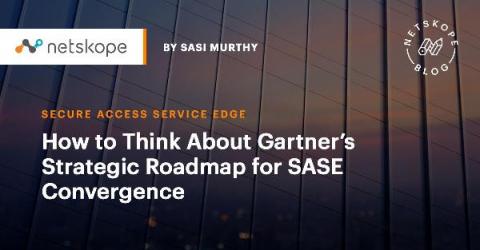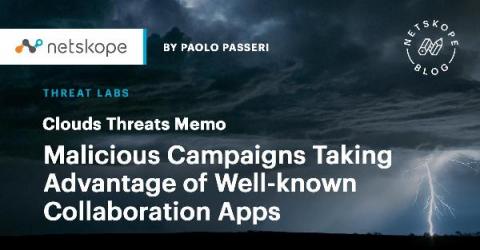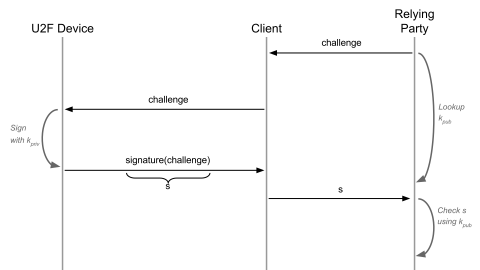How to Think About Gartner's Strategic Roadmap for SASE Convergence
Gartner recently published the 2021 Strategic Roadmap for SASE Convergence, outlining key challenges that are driving shifts to Secure Access Services Edge (SASE) architecture. Not surprisingly, chief among these challenges are consistency, simplicity, transparency, and efficacy—all of which a properly implemented SASE architecture is positioned to solve. But knowing what the challenges are, how do we then get to SASE? Has your journey already started? What are the right moves?










